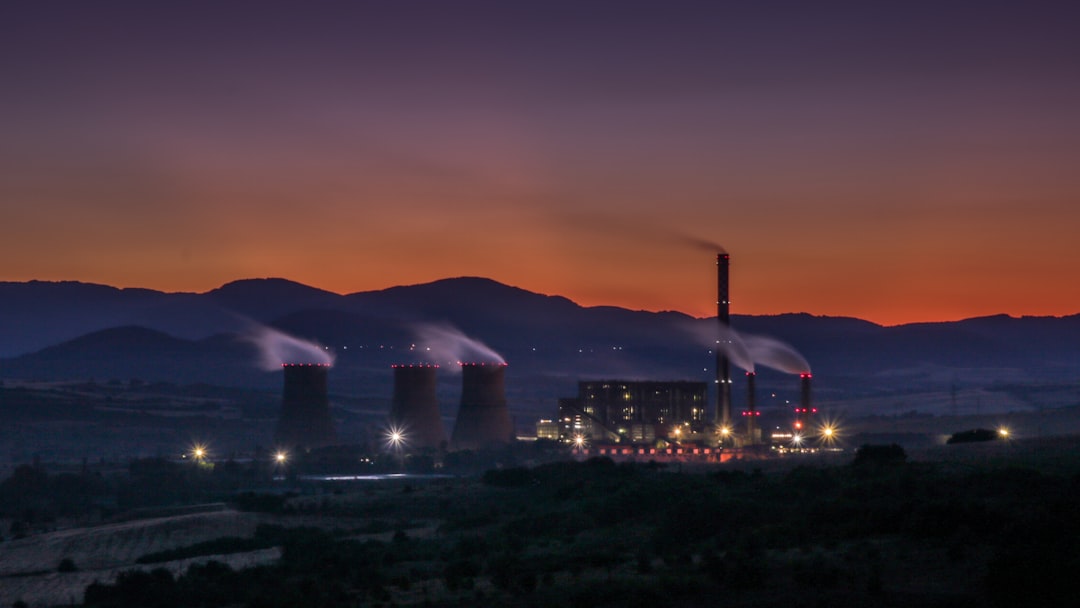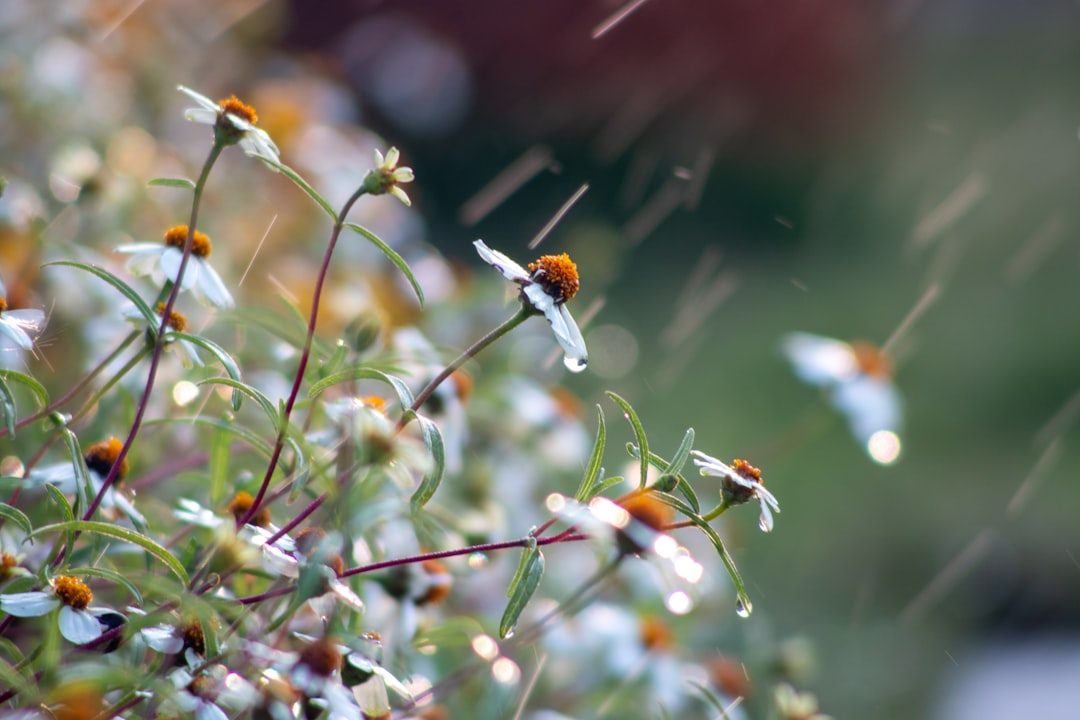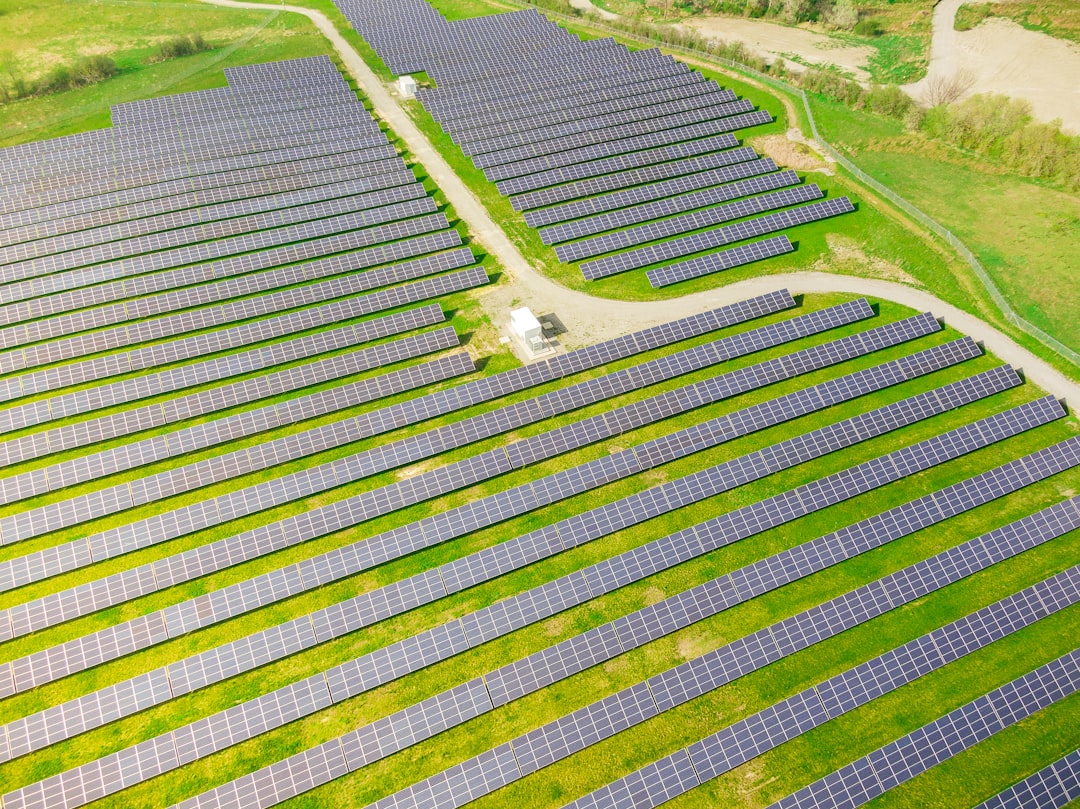What is it about?
The Laser Interferometer Gravitational-Wave Observatory (LIGO) is an extremely sensitive detector and susceptible to local noise. We have developed a method using linear regression algorithms to identify these noise sources and to measure their effect on the gravitational-wave observatory.
Featured Image

Photo by Pawel Czerwinski on Unsplash
Why is it important?
Our method avoids direct experimentation at the LIGO sites; it can be implemented remotely with currently available resources. It uses low-frequency ground motion (generated by thunderstorms and other environmental phenomena) to characterize the effect of this noise in the observatory. This characterization task is commonly performed on-site using electrodynamic shakers. Therefore, our method reduces the number of these physical injections and the inconvenience of finding shakers with operational ranges below 10 Hz.
Perspectives
As a member of the LIGO Observatory collaboration, you don't always have the chance to be geographically close to one of its detectors (one in Washington and another in Louisiana, USA). I have always found it interesting to develop tools that let you contribute remotely (reducing the chances of breaking something else), perform long-term studies, and automate the analysis (instead of repeating the task now and then). This article is an excellent example of a tool with those characteristics. Even more interesting, the tool described in our article takes advantage of the noise we cannot stop, like the very-common thunderstorms in Louisiana, to study the LIGO detectors' behavior, consisting of thousands of parts and sensors. When implemented, we can be more confident that the detected signal is a real gravitational wave, not just noise. I hope you find this article interesting and motivates you to create more of these computational tools.
Dr. Guillermo Valdes
Texas A&M University College Station
Read the Original
This page is a summary of: A characterization method for low-frequency seismic noise in LIGO, Applied Physics Letters, December 2022, American Institute of Physics,
DOI: 10.1063/5.0122495.
You can read the full text:
Contributors
The following have contributed to this page










